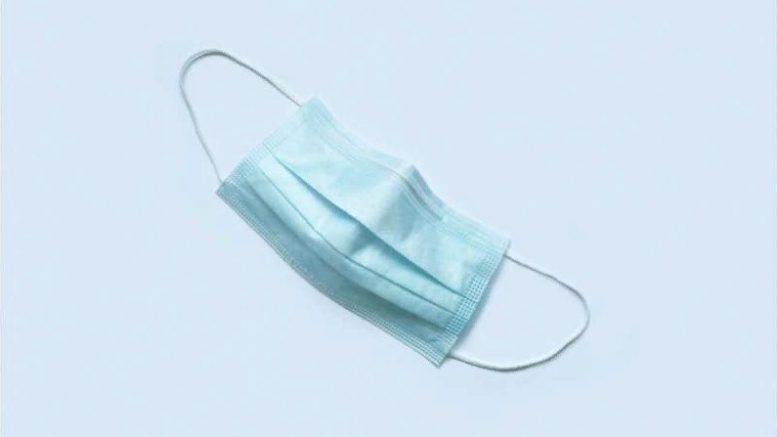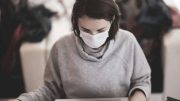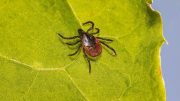The possible advantages of wearing a mask against omicron are quantified through modeling
The most recent modeling from the Burnet Institute for the Victorian Government has illustrated the advantages of wearing a mask by showing that greater mask adoption in Victoria could shorten the length of epidemic peaks and quicken the rate of decline following.
The usage of masks between July and October this year may reduce overall infections and hospital admissions by up to 20% and deaths by up to 14%, depending on uptake.
Dr. Nick Scott, the head of modeling and biostatistics at the Burnet Institute, claimed that the modeling, which was done in July 2022, is crystal clear in representing the advantages of mask use, particularly indoors.
The message is that masks can shorten the duration of the peak and quicken the rate of fall, according to Dr. Scott. “Increased mask uptake in indoor settings led to fewer infections, hospital admissions, and mortality in the model,” he added. The model revealed that the influence of additional masks on subsequent results was greater.
Additionally, the modeling implies that many infections caused by the omicron BA.4/BA.5 variations may go unreported or untreated.
According to Dr. Scott, the modeling from July 22 was used to go backward and aid in the interpretation of the data by putting potential ideas for the early and considerable spike in hospitalizations to the test.
Unlike in the past, when case numbers and hospital numbers typically rose and fell simultaneously, case numbers increased gradually as hospital numbers surged.
The BA.4 and BA.5 variants are extremely immune-evasive, getting around vaccine or exposure immunity, and given what had been seen elsewhere, Dr. Scott remarked, “We always expected there to be a BA.4/BA.5 epidemic wave.”
However, hospitalizations rose more quickly than we had anticipated, and we believe one of the causes was the presence of numerous infections in the local population that either hadn’t received a diagnosis or hadn’t been recorded.
We also believe that the rise in the BA.4/BA.5 variations coincided with altered or increased mixing patterns during the school holiday period, although further evidence is needed to confirm this.





